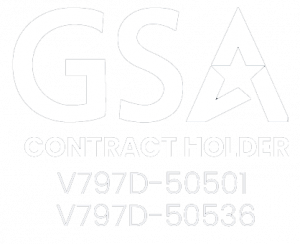Everyone deserves access to the same opportunities, regardless of disability. This is accessibility for all, a principle that should be adhered to in all aspects of life. From businesses and governments to hospitals and schools, eliminating barriers for people with disabilities is key to ensuring that everyone has an equal chance at success. The Americans with Disabilities Act seeks to address some of this. It prohibits discrimination against people with disabilities and attempts to ensure equal access to opportunities among the disability community. This blog explains the meaning of accessibility for all, and how accessibility solutions can help everyone, not just people with disabilities. We will also provide examples on how we can achieve accessibility for all. So whether you’re looking to make your business more accessible or just want to do something good for the greater community, read on!
What is accessibility?
Eliminating barriers is key to creating an accessible world for all. It means that everyone can access essential services and participate fully in society. Accessibility is not a one-time event, but a continuous process that requires the collective effort of everyone. We can help create a more inclusive and democratic society by working together to eliminate barriers and make the world more accessible for everyone. Ending barriers provides opportunities for all people to reach their potential and contribute their skills and talents to the community, and is a huge step toward inclusion. So, let’s begin!
The benefits of eliminating barriers for people with disabilities
Everyone has the potential to benefit from eliminating barriers. This is because barriers can be anything from physical access issues to communication difficulties and more. By removing these barriers, people with disabilities can lead full and independent lives. In fact, about 15% of the world’s population currently lives with some type of disability. So it’s important that we all work together to eliminate any remaining barriers so that everyone has the same opportunities and freedoms! Installing wheelchair ramps and elevators in multi-level buildings helps people with physical disabilities and their caregivers access public spaces. Including captions and alt text in web content can assist people with hearing or vision loss, intellectual disabilities, and people who use screen reader software. For now, we can start by raising awareness of the importance of accessibility and the benefits of eliminating barriers. This way, we can make a real difference in the lives of people with disabilities and enrich our own lives in the process!
How accessibility solutions can benefit everyone
Eliminating accessibility barriers can benefit everyone in a variety of ways. For example, ramps make it easier for many people to navigate public spaces, not just disabled people. They can be a big help for parents pushing young children in strollers, as well as people with mobility issues who struggle with stairs. Digital accessibility is important as well. Including captioning on videos improves web accessibility for people with hearing impairments, but they can also assist people attempting to watch a video in public. By making accessibility a priority, businesses and governments can create environments that are more inclusive for all residents. This makes the environment more welcoming for people with disabilities and creates a more productive and efficient workplace. It’s important that we all work together to eliminate any barriers and make our world more accessible for everyone!
Examples of solutions that were first invented to help disabled people but are now commonly used today
Eliminating barriers is not only important for people with disabilities, it’s important for everyone. Take, for example, curb cuts. These were mandated by U.S. law in 1990 to help wheelchair users. But as you might have guessed, they ended up benefitting people rolling carts, suitcases, or strollers as well. Plenty of other inventions originally intended for disabled people have become commonplace. Electric toothbrushes were created to improve dental hygiene for people with limited motor skills. Now, many people use them in their daily routines. Even audiobooks and computer keyboards were once simply assistive technologies, and are now used in daily routines by people of all abilities. Audiobooks helped people with visual impairments read and access books, and the typewriter, which eventually became the modern-day computer keyboard, assisted this same group of people with writing. This type of digital accessibility is now embedded into many of our daily lives, as people enjoy audiobooks in the car, and most people today own a computer with a keyboard. Even bendy straws, which were originally embraced in health care for bed-ridden people, are now frequently used as a fun and accessible way for people of all abilities to enjoy a refreshing beverage.
How to make your business accessible
Businesses of all sizes should be making their businesses accessible for all. Not only does this make your business more marketable, but it’s also good for the bottom line. In fact, according to a study by the National Federation of the Blind, businesses that are accessible to people with disabilities can see a return on investment of 97%. So, what are you waiting for? Making a few simple changes to your business will ensure that everyone can access the information and products you have to offer. Here are three accessibility changes that you can make to your business:
- Install wheelchair ramps to enter and exit your building. This allows people with physical disabilities the same access to your services as everyone else.
- Ensure your web page is accessible. Web accessibility is vital to ensuring people with visual impairments can still use your business’s website. Accessibility tools for websites includes features such as alt text on images, high contrast options, and larger, readable fonts.
- Provide accessibility training to managers and staff on how to best support disabled customers and employees by providing accommodations to ensure equal opportunities.
Conclusion
At its heart, accessibility is about creating an environment that is fair and equal for everyone. By removing barriers, we can help everyone – including those who might not initially seem disadvantaged – to reach their full potential. In this concluding article, we’ll take a look at the key points that we’ve touched on so far. We’ll also provide some advice on how to make your workplace more accessible, as well as some ways that you can help create an inclusive society.
Frequently Asked Questions
What are some of the benefits of eliminating accessibility barriers?
Eliminating accessibility barriers can help people with disabilities live active and full lives. Disabilities can include physical limitations like needing a wheelchair, blindness, or deafness, or mental limitations like PTSD or autism. By removing barriers, everyone has the opportunity to participate in society to the fullest extent possible. This benefits everyone because when everyone has access to the same resources and opportunities, the entire population becomes stronger and more united. Inclusive societies are known for their innovation and creativity, which is why we should strive for more accessions everywhere possible.
What initiatives should we take to make our workplaces more accessible for all employees?
There are many initiatives that should be taken to make workplaces more accessible for all employees. Some of these include: 1. Implementing laws and regulations mandating accessibility in the workplace. 2. Raising awareness of the importance of accessibility among employees. 3. Training managers on how to identify and address barriers in their workplace. 4. Formulating policies that ensure everyone has access to essential resources and equipment.
Why is it important to make our public spaces more accessible for everyone?
There are a few reasons why making our public spaces more accessible is so important. First and foremost, accessibility for all allows everyone to enjoy the same public spaces without facing any barriers. This includes people with disabilities who can participate in many activities and events that are normally off limits to them. By making our public spaces more accessible, we create a more equitable society where everyone has an opportunity to succeed regardless of their background or disability. This would ultimately make our communities stronger and more united.
Conclusion
Eliminating barriers for people with disabilities is an important issue that benefits everyone in some way or another. By understanding the benefits of accessibility and implementing solutions that help everyone, you can make a real difference in the lives of those who need it the most. Thank you for reading and we hope that this blog has given you a better understanding of accessibility and the ways that it can benefit you and your business.




